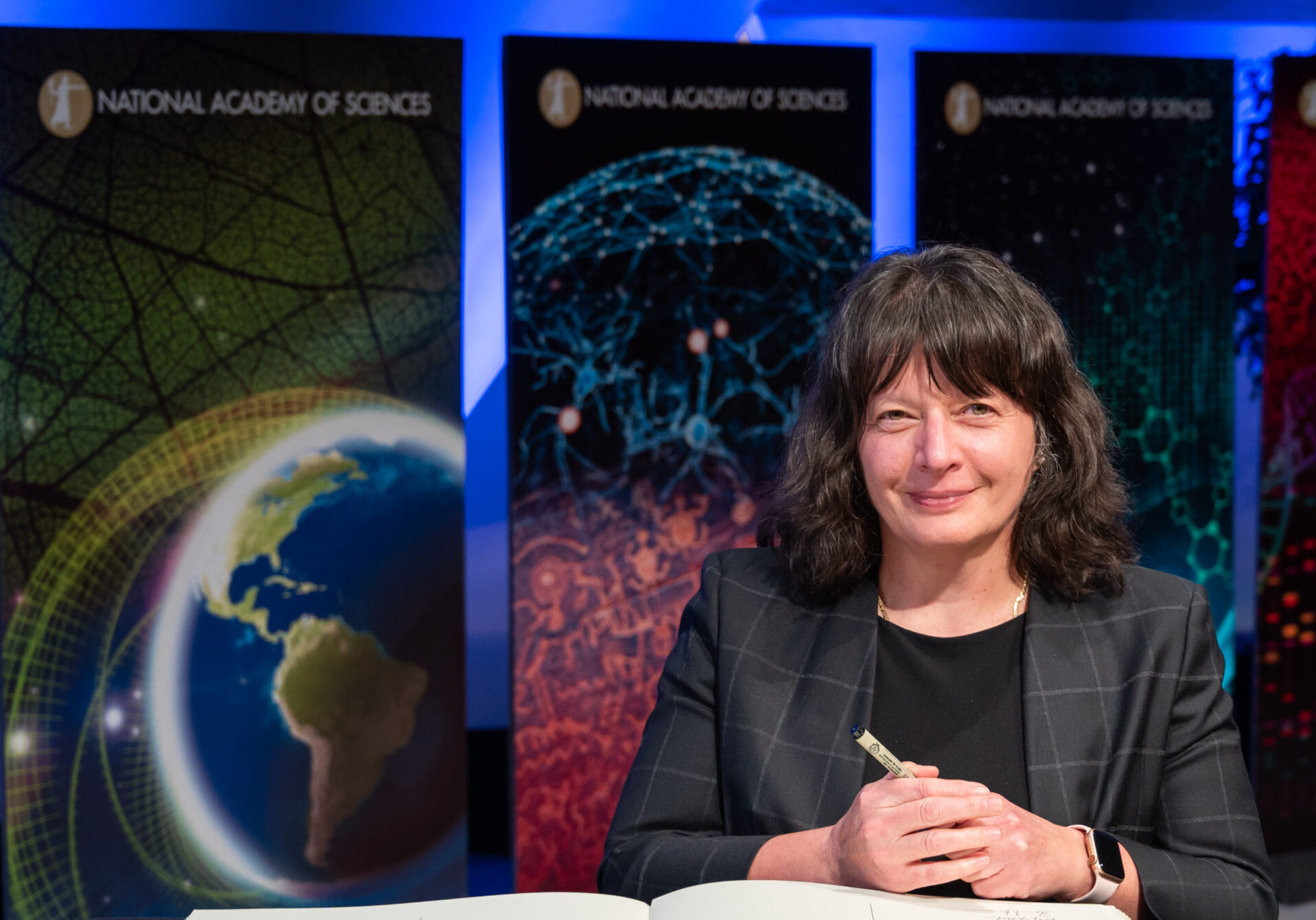
On Black Hole Friday, we spotlight the work of astrophysicist Chung-Pei Ma, whose research is transforming our understanding of the universe’s biggest black holes. From uncovering giants 20 billion times the mass of the Sun to revealing the complex interplay between galaxies and their supermassive black holes, Ma shows that these cosmic behemoths are not just destructive forces—they are key architects of galactic evolution. In this Q&A, she reflects on the excitement, challenges, and cutting-edge tools driving the search for the universe’s most massive black holes.
What first drew you to studying supermassive black holes and the role they play in shaping galaxies?
I was primarily a theorist before getting into observational hunts for black holes. My then graduate student Mike Boylan-Kolchin was performing a series of galaxy merger simulations on supercomputers to understand how the largest elliptical galaxies formed and evolved. The simulations predicted intriguing distinct trends in the properties of these massive galaxies and the black holes residing at their centers. I searched for data to test these predictions but found none.
These giant elliptical galaxies have long been suspected to harbor big black holes, but they had eluded detection because these galaxies are rare, distant, and have low central surface brightnesses.
It turned out prior efforts had avoided these difficult galaxies and instead targeted more nearby and lower-mass galaxies using the Hubble Space Telescope. The Hubble doesn’t have sufficient collecting power for our galaxies, however. We had to use the latest generation of integral-field spectrographs on the world’s largest ground-based telescopes to achieve the sensitivity and angular resolution needed to detect the ultra-massive black holes.

Many people think of black holes as destructive objects, but your research shows they are deeply connected to how galaxies form and evolve. What is one surprising thing most people don’t realize about black holes?
Indeed, many people think black holes are incomprehensible and scary objects. They are surprised when they learn how simple black holes are: only three numbers are needed to uniquely specify a black hole—mass, spin, and charge. Black holes are a lot less mysterious than humans! But they are incredibly hard to find because they are—black.
Advances in technology have transformed black hole research in just a few decades. What recent or upcoming tool excites you most for what it may reveal next?
With the fantastic angular resolution and highly sensitive spectrographs on the James Webb Space Telescope and large ground-based telescopes with advanced adaptive optics systems, we are able to peer close to black holes at larger and larger distances—some more than 700 million light years away—and accurately measure the velocities of the stars that travel close to the black holes to infer their existence and masses.
Gravitational waves are another exciting new tool that we are using to learn about the demographics and astrophysics of supermassive black hole binaries that are brought together when two galaxies merge.
Your work has helped identify and measure some of the most massive black holes ever found. How is your research changing what we thought we knew about the relationship between galaxies and the black holes at their center?
For more than 30 years, the most massive black hole in the local universe (at 6 billion solar masses) was the one at the center of the M87 galaxy. Our findings of black holes at 20 billion solar masses showed that the universe had found a way to grow even heftier black holes. While smaller black holes have masses that are tightly correlated with their host galaxies’ masses—bigger black holes live in bigger galaxies—an intriguing property of the ultra-massive black holes we’ve found is they don’t quite follow this relation; instead, these black holes are over-massive for the size of their host galaxies. So somehow their growths have outpaced their host galaxies’ growth, suggesting a more complicated symbiotic relationship in their respective assembly histories.
If you could answer one open question about black holes tomorrow, what would it be, and why?
This doesn’t quite answer your question, but there is one thing about black holes that I dream about: fly close—but not too close — to one, and see with my own eyes the black disk on the sky.
For more on Chung-Pei Ma’s research, watch her 2023 research briefing below.



